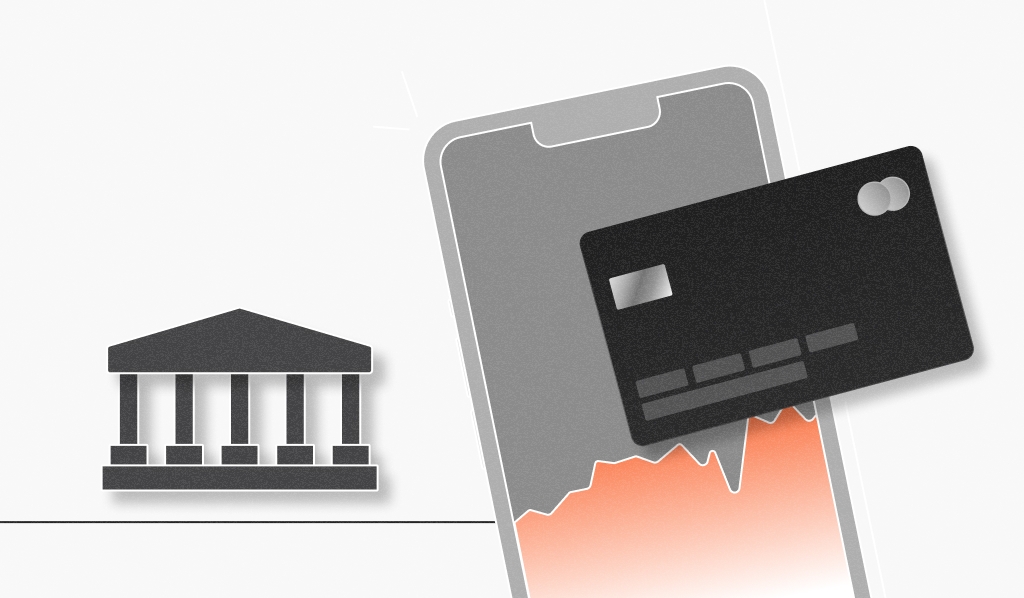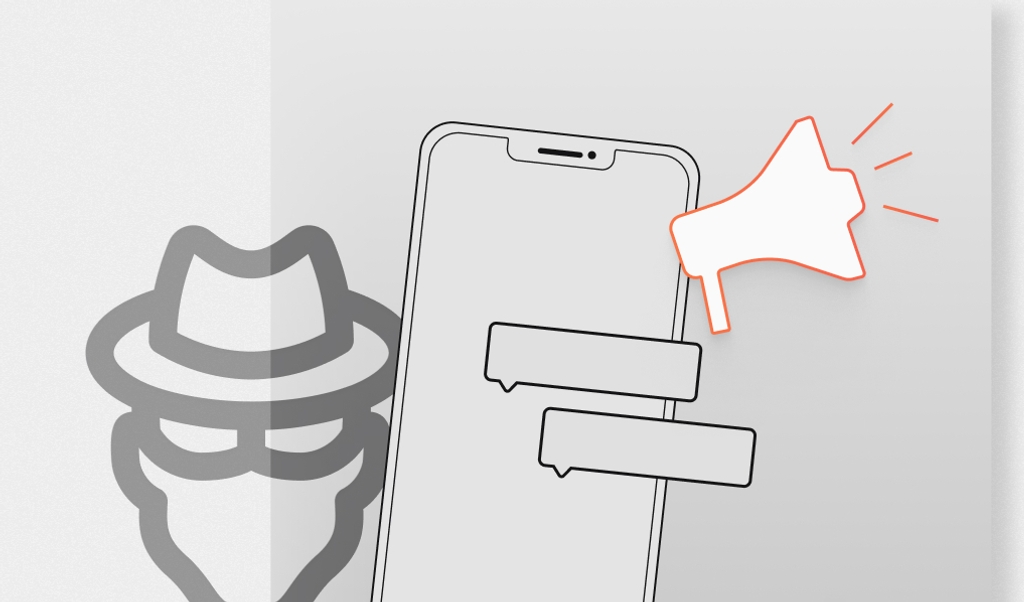
In this article, we will discuss what neobanks are, how they work, and how they differ from traditional and hybrid banks. We will also provide details about some of the most prominent neobanks worldwide, their benefits, and the common fraud risks they encounter.
What is a Neobank?
A neobank is a digital-only banking service that operates exclusively online — through an app, a website, or both.
It generally has no physical presence or associated infrastructure. Neobanks typically offer all the services and features expected from a traditional bank, such as secure savings accounts, current accounts, budgeting tools, money transfers, and foreign exchange. Additionally, they use the latest technologies (AI/AR/VR) to provide superior experiences compared to traditional banking solutions.
It's important to distinguish between digital banks and online banking. Online banking is a feature offered by many physical banks, whereas digital banks operate without a brick-and-mortar presence and provide all their services online.
Neobanks, though similar, are small businesses with banking licenses that aim to offer superior customer service, transparency, and overall customer experience compared to larger traditional banks. Both digital banks and neobanks are becoming increasingly popular due to their commitment to transparency and customer satisfaction.
Examples of Popular Neobanks
Neobanks are available around the world and there’s some very popular neobank options for consumers looking for alternative banking solutions. We’ve included five of the most well-known neobanks below:
- Chime: With an impressive 14.5 million users and known as the #1 most loved banking app, Chime is leading the neobank revolution in the US. It's known for its no-hidden fee policy and offers a spending account in partnership with Bancorp Bank.
- Varo: Varo stands out with over 7 million accounts, offering services like savings and checking accounts. Varo is also among the top fifteen digital banks according to NerdWallet, signifying its robust financial position.
- Revolut: This UK-based neobank offers a wide range of features from budgeting tools to cryptocurrency trading, making it a versatile choice for modern consumers.
- Nubank: This Brazilian neobank was the most valued independent neobank in 2021, expanding rapidly in Latin America's fintech space.
- SoFi: Not only does this neobank offer online banking services, but also investing and lending products, making it a comprehensive financial platform.
What is a challenge bank? The hybrid banking solution
A challenge bank is a form of digital banking that also maintains physical locations. Consider it a hybrid between a neobank and a traditional bank.
The defining characteristic of challenge banks is their strategic balance of digital and physical services. While they uphold a few select physical branches in specific geographical locations, their primary focus and strength lie within their robust digital presence. This dual model of operation allows them to cater to a wider audience and meet diverse customer needs.
Challenge banks are ideally suited for customers who prefer the comfort and convenience of digital banking, but also value the option of having a physical institution to visit when necessary. For these customers, challenge banks offer the perfect solution - a digitally dominant banking experience, supplemented by the reassuring presence of physical branches.
Prioritizing customer trust and satisfaction, challenge banks offer the best of both worlds for customers who appreciate online features but also value the option of visiting a physical location.
Benefits and Advantages of Neobanks
Neobanks offer several advantages for customers who prefer digital banking over physical banking locations. You might question why to opt for a neobank instead of a conventional bank.
Here are three key advantages and benefits unique to neobanks that large institutions often don't offer:
Lower fees and easier account access are primary attractions for neobank customers. Even for those with a less than perfect credit history, neobanks provide an opportunity to open an account. This accessibility can benefit individuals who need more resources or have lower credit scores, enabling them to start anew with an account that meets their needs and supports their financial goals.
According to FinTech News, "neobanks build on elements of AI to maintain the personal touch in-branch service offers and offer a more sophisticated virtual personal assistant experience." This personal touch, often missing from larger banks, enables better money management and support for customers, particularly those dissatisfied with traditional banking.
Unlike traditional banks, which usually don't provide customer support during banking holidays, neobanks are available round the clock. Because they operate online, transfers are more straightforward, and most banking activities don't require a physical location. Virtual cards offer customers access to their money, similar to cash, and transfers typically take less time than those from conventional banks.
Common fraud challenges for Neobanks
Neobanks face a significant challenge in fraud prevention. As licensed financial institutions, they must comply with "Know Your Customer" (KYC) regulations. These rules mandate banks to verify customer identities and avoid transactions with sanctioned countries or individuals involved in illegal activities. Since neobanks operate virtually, they must use advanced technology to confirm identities and detect fraudulent validation documents.
Fraud can take multiple forms, all of which are costly and potentially life-altering for customers in the banking industry. Neobanks not only need to prevent fraud but also adapt their systems to the evolving cybersecurity landscape that targets financial institutions.
Taking the necessary steps to prevent fraud protects not only the bank's interests but also protects the bank's customers. A neobank with poor security and customer protections would conceivably lose the public's trust and enormous business and revenue, so fraud detection should be a priority.
A few common challenges for neobanks:
- Account takeover: Cybercriminals, equipped with stolen credentials, use automated tools to access various banking accounts. Customers who use the same credentials across multiple accounts are at risk of having their accounts compromised and funds drained.
- Fraudulent new accounts: After purchasing sensitive documents on darknet markets, cyber-criminals use them to create fraudulent accounts to steal money from the neobank.
- Chargeback fraud: Even legitimate customers can engage in chargeback fraud. This activity occurs when items are purchased on a bank credit card, and later a chargeback is used to acquire items for free.
- Loan fraud: Cybercriminals apply for loans and open accounts using fraudulent or stolen data from legitimate consumers. Loan fraud is a form of identity theft that affects both the bank and the consumer whose data was used.
P2P Fraud
Peer-to-peer (P2P) fraud is another prevalent issue for virtual banks. P2P fraud detection is challenging because it often involves genuine transactions from consumers who were tricked into transferring money to a cybercriminal. P2P platforms like Venmo and CashApp, while offering easy transactions, are prime targets for scammers and fraudulent activities.
Preventing fraud in Neobanks
As banking shifts towards a virtual-first or virtual-only approach, accurately identifying users becomes a top priority for neobanks. Doing so enables a hyper-personalized user experience, sets a high standard for digital identification, and ensures compliance with global KYC laws and regulations. Several methods can achieve this while maintaining a positive user experience.
Personalized user experience
Leveraging digital identification solutions allows neobanks to offer personalized banking services that accurately meet clients' needs. Faster onboarding processes and customized product offerings tailored to individual needs can be realized. This proactive approach helps anticipate potential customer issues, elevating the digital banking experience.
Prevent fraud
Proactive fraud detection is crucial, especially for neobanks. Such vigilance benefits the bank and safeguards user accounts from identity theft. Neobanks need to implement a digital identity solution to detect suspicious activity and prevent further action, reducing the risk of successful cyberattacks.
A device identification solution, like Fingerprint, can identify users even if they are anonymous, helping neobanks prevent fraudulent activity and ensure customer safety.
Customer awareness & education
Backend procedures should be just one part of a broader strategy. Customers should be given tools to protect their data and receive educational content, like blog posts and newsletters, that inform them about the latest scams.
For instance, while a digital bank should employ machine learning algorithms for detecting suspicious account behavior, customers should also have the option to add two-factor authentication (2FA) to their accounts. With 2FA, even if an attacker obtains a customer's banking credentials, they couldn't fully access the account.
However, even with tools like 2FA, customers need education to keep their 2FA identification code private.
By combining these approaches, neobanks can collaborate with customers to protect their accounts actively. In the banking industry, cybersecurity is a joint effort between customers and financial institutions to protect consumers' money and identity.



